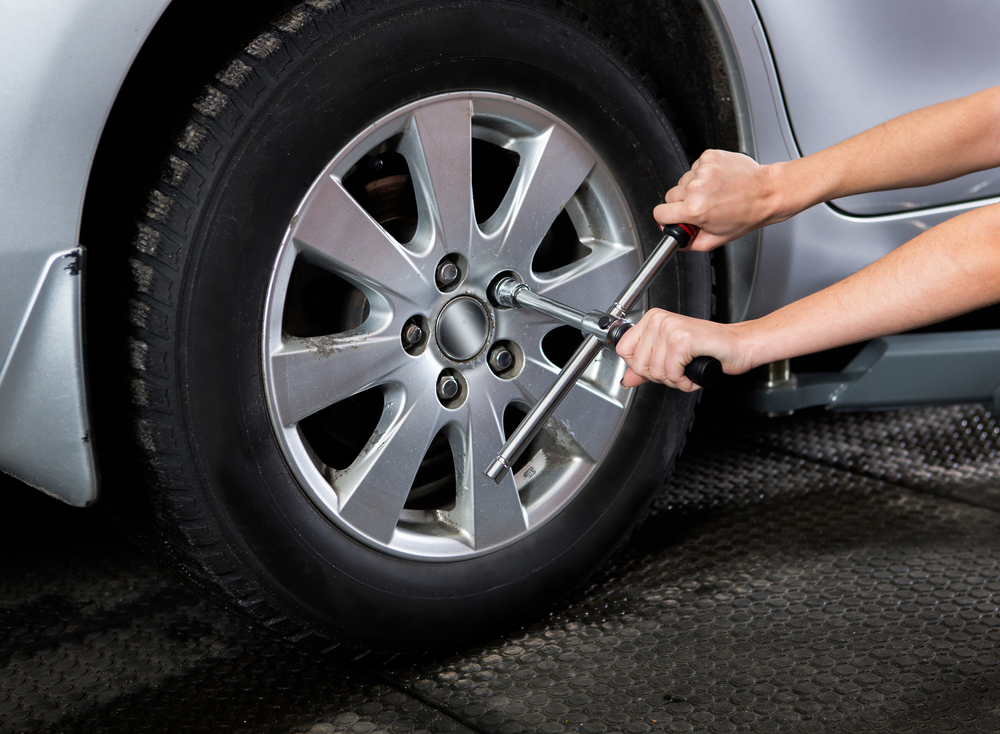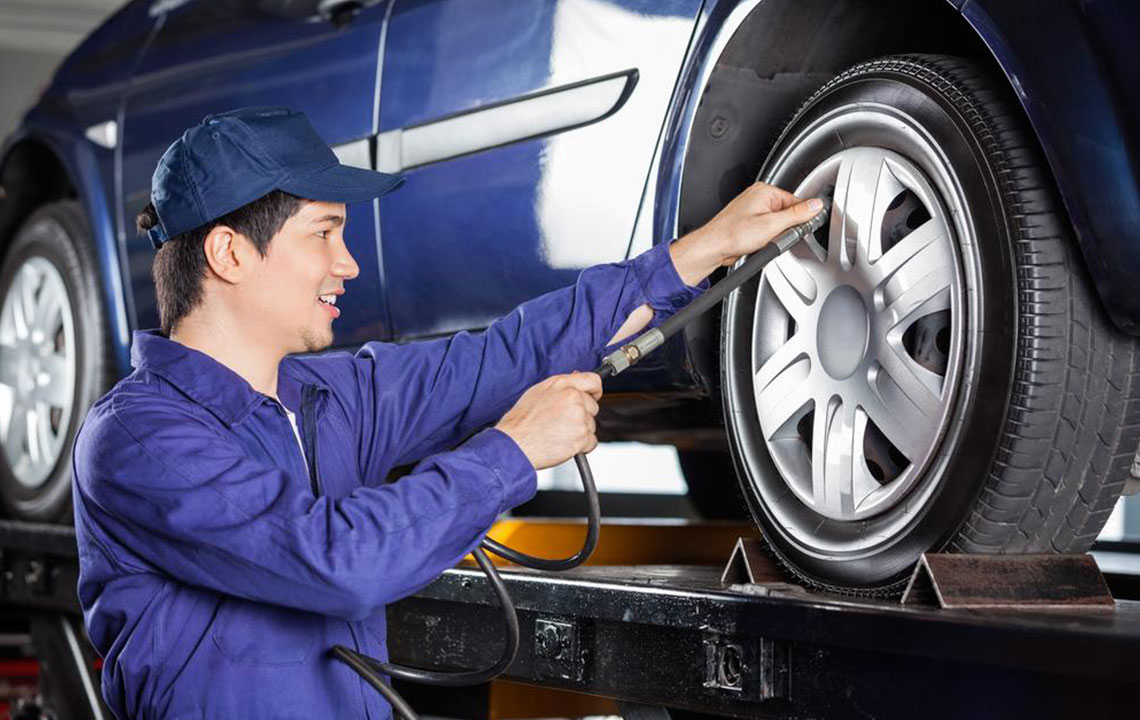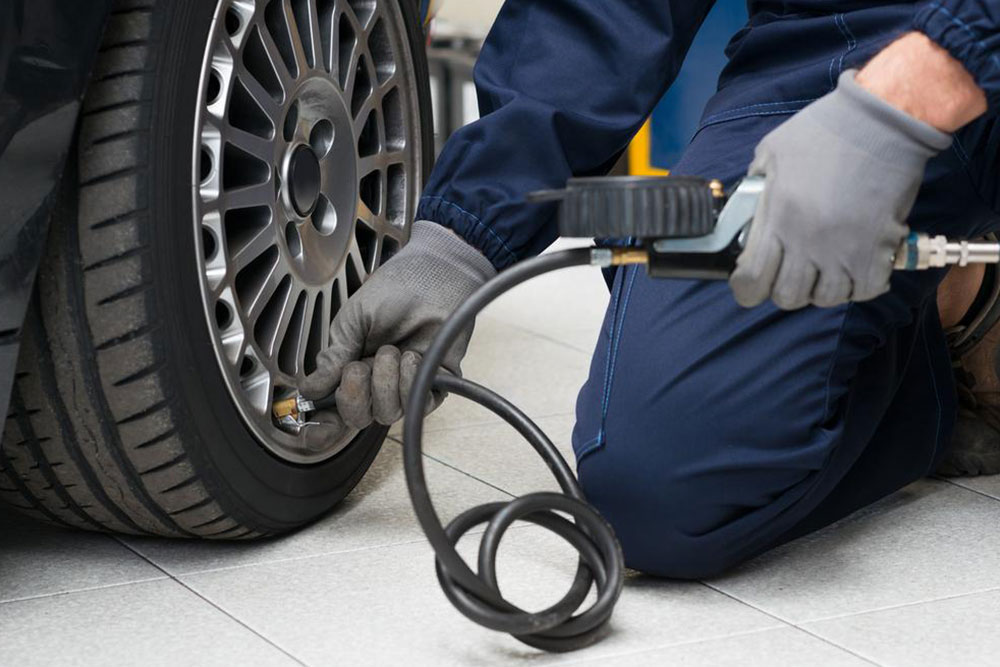Essential Guide to Maintaining Proper Tire Inflation for Safety and Efficiency
Learn why maintaining correct tire pressure is vital for safety, fuel efficiency, and tire lifespan. Regular checks prevent uneven wear, enhance road grip, and save costs. Follow our tips for optimal tire health and overall vehicle safety.

Ensuring your tires are correctly inflated is crucial for vehicle safety, performance, and fuel savings. Proper tire pressure helps maintain comfort, prevents uneven tire wear, and reduces environmental impact. Since tires are the only contact point between your vehicle and the road, their condition directly affects handling and safety.
Many vehicle owners overlook tire inflation, but even slight deviations from recommended pressure can cause issues. Regular checks are essential to avoid problems like reduced fuel efficiency, compromised safety, and accelerated tire deterioration.
Impact on Fuel Efficiency
Safety Considerations
Properly inflated tires ensure optimal grip and braking response. Overinflation can reduce responsiveness, increasing the risk of accidents, especially during sudden stops or sharp turns.
Tire Longevity
Incorrect tire pressure accelerates wear, especially on the outer edges. Regular maintenance ensures even tire wear, prolonging their lifespan.
Finding the Right Pressure
The recommended pressure for your vehicle is listed in the owner’s manual. Regularly check all four tires with a reliable gauge, and inspect for damage like cuts or bulges.
How Long Do Tires Last?
There’s no fixed lifespan; it varies based on driving habits, terrain, climate, and tire type. Typically, tires may last around five years, but should be replaced after ten years regardless of appearance for safety reasons.
Periodic Tire Inspection
After five years, schedule annual inspections to assess tire condition. Wheel alignment checks every six months help prevent uneven wear and improve safety and fuel efficiency.










